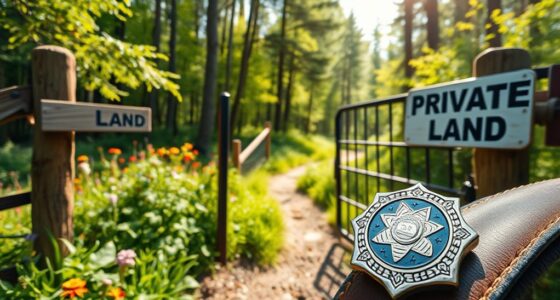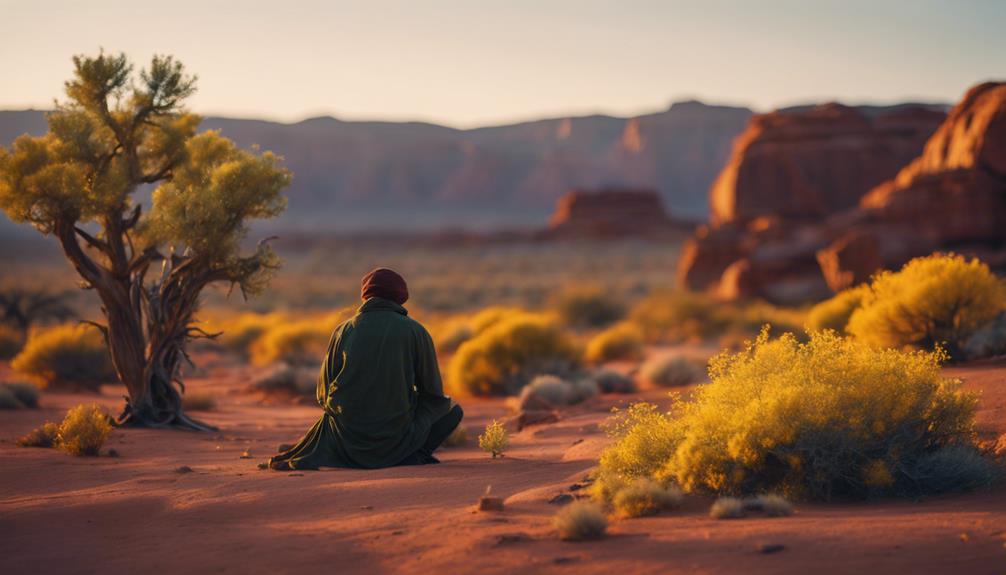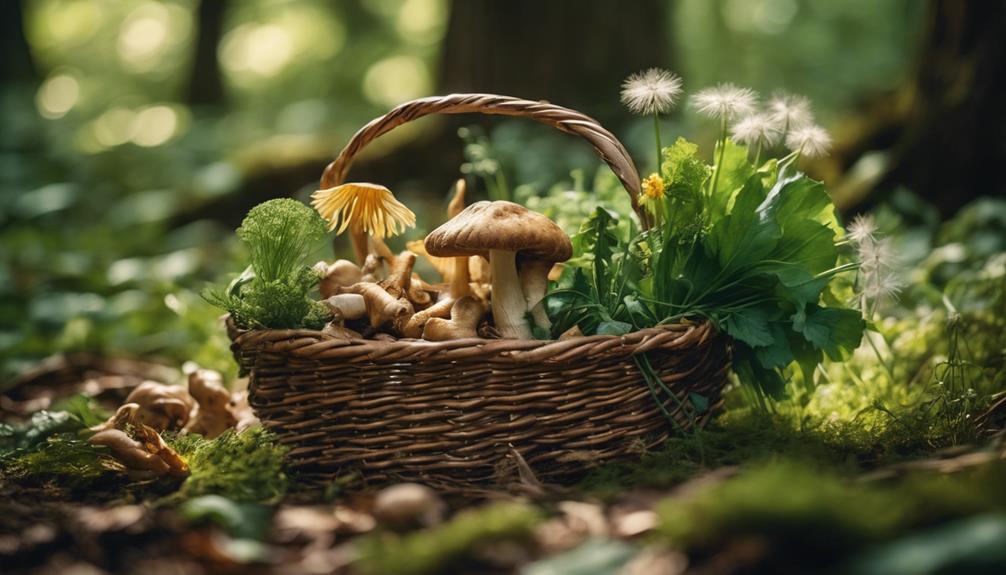To photograph plants and mushrooms for identification, use a macro lens and a tripod to capture sharp, detailed images. Focus on key features such as gill structure, cap shape, and stem details from multiple angles. Shoot during golden hours or on overcast days for soft, natural light that enhances colors. Keep backgrounds simple and use a shallow depth of field to highlight textures and details. Continue exploring to discover expert tips for perfect shots.
Key Takeaways
- Use a macro lens and stable tripod to capture detailed, close-up images of plant and mushroom features.
- Shoot during golden hours or overcast days for soft, natural lighting that enhances colors and textures.
- Focus on key identification features like cap shape, gill structure, stem details, and textures from multiple angles.
- Employ a shallow depth of field to isolate the subject and minimize background distractions.
- Take high-quality images from various perspectives to aid accurate identification and documentation.

Photographing plants and mushrooms offers a rewarding way to capture nature’s intricate details and vibrant colors. When you plunge into plant macro photography, you get the chance to highlight textures, patterns, and subtle hues that often go unnoticed to the naked eye. To make the most of your shots, start by choosing the right equipment—ideally, a macro lens that allows you to focus closely and reveal fine details. Use a tripod to stabilize your camera, especially in low light, and experiment with different angles to find the most compelling composition. Natural light works best, so shoot during the golden hours—early morning or late afternoon—when the sunlight is soft and warm. Pay attention to background elements, ensuring they don’t distract from your main subject. A shallow depth of field can help isolate the plant or mushroom, emphasizing its textures and colors while blurring out background clutter. Additionally, understanding lighting conditions can significantly improve your macro photography results. If you’re venturing into mushroom foraging tips, remember that capturing high-quality images can aid in accurate identification later. Mushrooms often have subtle differences that are critical for proper classification, so focus on capturing details like gill structure, cap shape, and stem features. When photographing mushrooms, approach carefully—many species are delicate or poisonous—and always respect nature. Use a diffused light source or shoot on overcast days to avoid harsh shadows and glare that can obscure key features. A small reflector or even a piece of white paper can bounce light into shaded areas, revealing details that might otherwise be hidden. Close-up shots are essential for mushroom identification, so take multiple images from various angles, including top-down and side views, to document the entire morphology.
Frequently Asked Questions
What Camera Settings Are Best for Low-Light Plant Photography?
To capture clear images in low light, set your camera ISO higher, around 800-1600, to boost sensitivity. Use a wider aperture, like f/2.8 or lower, to let in more light. Focus carefully on the plant or mushroom to guarantee sharpness. Keep your shutter speed steady or use a tripod to prevent blur. Adjust these settings based on your lighting conditions for the best results.
How Can I Prevent My Photos From Being Blurry?
To prevent your photos from being blurry, guarantee tripod stability by using a sturdy tripod and locking all joints firmly. Use focus techniques like manual focus or focus peaking to achieve sharp details, especially for small plants or mushrooms. Also, enable image stabilization if available, and shoot with a faster shutter speed to minimize motion blur. These steps help you capture crisp, clear images even in challenging conditions.
What Are the Ideal Angles for Mushroom Identification Photos?
You should capture mushrooms from multiple angles, including a top-down shot to show the cap, a side view for stem details, and close-ups of gills or pores. Use lighting techniques like natural diffused light to reduce shadows and highlight features. Pay attention to background considerations—choose a simple, contrasting backdrop to keep the mushroom as the focal point. These angles and techniques help guarantee clear, detailed identification photos.
How Do I Photograph Plants in Their Natural Habitat Without Disturbance?
Imagine you’re a gentle breeze guiding life’s delicate tapestry. You can photograph plants in their natural habitat by moving quietly and minimizing your footprint, like a whisper in the wind. Use a macro lens, avoid trampling, and stick to existing paths. Practicing ethical photography supports plant conservation and preserves their beauty for generations. Respect their space, capture their essence softly, and let nature reveal itself without disturbance.
What Equipment Is Essential for Macro Mushroom Photography?
For macro mushroom photography, you need a good macro lens to capture fine details and a sturdy tripod to keep your camera steady. The macro lens allows you to get close-up shots with sharp focus, while the tripod prevents camera shake, especially in low light. Consider bringing extra batteries and a small reflector to enhance lighting. This gear helps you take clear, detailed images without disturbing the environment.
Conclusion
By capturing clear, detailed photos of plants and mushrooms, you reveal nature’s secrets hidden in plain sight. Remember, each shot is a key to identification, turning simple images into invaluable identifiers. So, pick up your camera and see the world through a collector’s lens—because every picture is a story waiting to be told. Don’t just observe nature—document it, and let your photographs become a map guiding others through its fascinating wilderness.










